Here’s how I landed 4 remote offers in 45 days. With the amount of confusing, conflicting, and convoluted advice on LinkedIn, I wanted to set the record straight with my experience to help others who are in a similar position.
My goal is to spread hope along with actionable advice to help others who have found themselves stuck in a job hunting rut.
As I shared in my original post on LinkedIn, here are my stats:
- 85 applications
- 13 first rounds
- 5 case study/final rounds
- 4 offers
- 49 interviews
- Shortest interview to offer period was 12 days
- Longest interview to offer period was 35 days
- Only 1 of the 13 companies I talked to was a result of networking - all others were cold applications
For those who don’t have a strong network or have not been finding success using that route, I want to show that it is possible to get remote offers using traditional applications. I’ll break down my exact approach and provide examples to help you along.
How I started my search
As I was coming off of maternity leave, I found out that my company had been acquired and there were likely going to be organizational changes that would result in me needing a new gig.
This was my second exit but the first that would impact my employment. With two young kids at home, I’m sure you can imagine my utter panic.
When I turned to LinkedIn, most of the posts I saw were from people who had spent 6+ months applying to upwards of a thousand jobs with zero luck even landing an interview.
I also saw a lot of advice around AI HR software weeding out top candidates who were up against hundreds if not thousands of others and that my only path forward was networking.
The problem is that I had let a lot of my connections lapse due to work/life/home busyness and wasn’t quite ready to dive in cold asking my network for help.
So I started to post regularly on LinkedIn again and quietly built up my relationships while submitting applications so that if I hadn’t landed anything by April, I would have at least warmed up enough folks to ask without feeling like an imposition.
That was another key part of my strategy – setting up milestones to pivot or adjust my approach so that I wasn’t trying the same tactics over and over if I wasn’t seeing any results.
Polish your portfolio
Alongside posting on LinkedIn, I updated all of my stats and started asking for recommendations to spruce up my profile in tandem with updating my resume.
I created my resume in Figma using this template. I’ll admit that I did not check if my resume was ATS compliant so that’s likely something I could have improved.
But with my goal to get in front of a human, I prioritized styling my resume with that perspective in mind. I led with stats and a headline that went straight to the point of what I offered.
This is also when I hit on creating a video resume using Camtasia. As a product marketer, I’ve had a lot of experience creating launch and tutorial videos to educate customers and I thought what better way to market myself?
I know from previous experience that my personality tends to shine in interviews so I needed a way to get the humans behind the applications to notice me. Plus, it gave me a way to prove my abilities right from the get-go.
When it came to creating a video resume, I really wanted to focus on the length of my tenure and the metrics I impacted and then showcase some of my work visually.
If I had gone into April without landing an offer, I would have created personalized videos per role using Loom or another tool.
I also compiled a Google Doc with various public-facing assets to serve as my portfolio. If the portfolio wasn’t enough, then my next step would have been to create a website.
The reason for spacing out tactics was to conserve my energy and see how much I could accomplish with what I had while still having a plan for the future.
Finally, I created a base version of a cover letter using ChatGPT to come up with a draft I could tear apart.
I focused on adding bullet points and experimenting with length. Then I used a master doc to track all the cover letters sent to each of the companies so I could mix and match at will to speed up the process.
Applications to look out for
Unfortunately, now is not the time to pivot careers. There is such a saturation of talent in the market that companies can afford to wait it out for the exact right candidate.
I’m not saying it’s impossible, but if you’re struggling to find traction in your areas of expertise, I’d recommend doubling down on applications that you meet the criteria for.
For example, here is the breakdown of my applications:
- 24 applications were for a senior product marketing manager – I found the most success here.
- 47 applications were senior director, lead, head, or founding level – only 3 out of 13 interviews despite me having a senior director title.
- The remainder was a mixture of lifecycle, revenue, and generalist marketing roles – I only got one interview in these categories.
- Industries that I landed interviews for included law tech, fintech, e-commerce, and health tech.
I had the most success when I exceeded the length of time listed for experience as a product marketer. For example, 5+ years was my sweet spot for getting to an interview, whereas 8+ was a reach, and I didn’t spend time on applications looking for 10+.
The benefit of product marketing is that there’s usually a set number of skills that are advertised so tailoring my resume was less necessary than if I had tried to hop job titles. For this reason, I only created an IC version and a manager version.
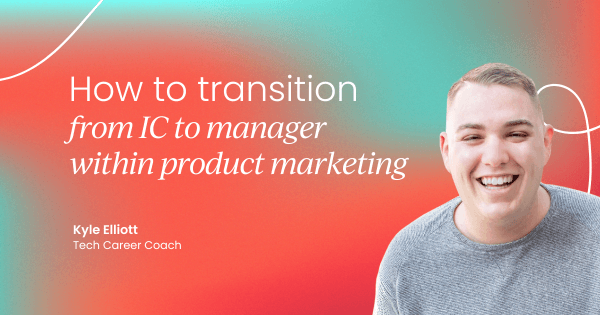
While I was able to shift industries, I definitely had to make the case for it in my cover letter and during the recruiter screen (and in subsequent interviews). The same goes for company size since I came from small startups and interviewed at a few much larger organizations.
The last tip for applications is to find ones from companies like Zapier that include more initial lift at the onset to reduce your competition.
Positioning yourself
When on the job hunt, you are the product and your goal is to achieve product market fit by nailing an offer. So with that in mind, it’s key to position yourself.
Are you strong with sales-led orgs? Do you have more of a self-service or hybrid background? The more detailed you can get in where you excel and can actively show the value you’ve brought to previous organizations, the more likely you are to continue in the process.
For example, my strength is in hybrid organizations where I can help out the sales fellows but also set up and run a self-service experience. I’ve mostly had experience with lower ACV in a SaaS environment marketing to SMBs, agencies, and marketing teams.
My superpower is in getting buy-in from a variety of stakeholders and aligning multiple departments by building relationships. I’m a full-stack product marketer that can run everything from launches to customer lifecycle initiatives.
While I could translate my startup experience to larger orgs by specializing down, this was definitely a case I had to make for myself.
I also had the hardest time breaking into fintech and the crypto and cyber security worlds. If you have experience in these fields, it’s absolutely a leg up!
Map out your strengths, weaknesses, and numbers to build talking points around each. This exercise will come in handy to help you out with both the application and the prep work for the interview process.
And keep in mind that one recruiter’s trash is another’s treasure so don’t take rejection personally.
How to get in front of a human
I’ll admit it, I sprang for LinkedIn Premium and it was worth the $40 to be able to connect and DM at will. My entire strategy hinged on this tactic so that investment absolutely paid off.
Here is my approach:
- I looked on LinkedIn and Product Marketing Alliance daily for roles posted within the last 24 hours including posts from members so I could easily reach out.
- I only looked for remote roles and passed over everything that required hybrid or in-person.
- I have been working remotely since 2011 so I had a wealth of experience to back this up in my search.
- Anything that I was a fit for, I applied to the application on the website and tailored the cover letter based on the hiring manager or HR/talent/recruitment team members that seemed relevant.
- With every application, I added them to my application tracker.
- Then I started to send out tailored DMs and connection requests with a link to my video resume to those same hiring managers and members of the recruitment team.
- I did get feedback from someone that they had other candidates who were more personalized in their outreach, but that they liked my video and also had a recruitment team member pass my profile along.
- Reaching out to multiple relevant team members was the most effective strategy and I was careful not to spam random people at the org.
My goal was to send out 1-3 applications a day that I matched really well. I did not want to go with a 'spray and pray' approach – that’s not my MO as a marketer and I certainly wasn’t going to adopt that now as a job seeker. Plus, all it would do is muddy the waters for more qualified candidates.
The direct outreach approach actually landed me the job offer that I ended up accepting, and pretty much every other interview invitation I received. I had instances where people accepted my connection requests but the application went nowhere, so be braced for that outcome as well.
My experience this go around was that the application to the initial interview period and then the entire interview process was often much longer than I’ve previously encountered.
There were times when I was contacted about an interview almost a month after I applied so don’t lose hope!
Nailing the initial interviews
I prep for every interview by exploring the website, trying to find feedback to share, and taking the product for a test run if there’s a trial – watching video tutorials if not.
I had multiple first rounds where people were shocked and pleased I had done my homework compared to other candidates who rolled up not even sure what the company was called, let alone what they did.
I approached every initial call with a gratitude mindset and belief that these recruiters and screeners were looking for reasons to move me forward. It was on me not to give them a reason to knock me out early.
And this worked well with four instances where I didn’t fit the JD or missed background that the hiring manager was looking for, yet the recruiter still moved me forward.
Two out of the four resulted in an eventual offer. So make sure to have the objection handling mapped out from the beginning and openly address why you’d still be a good fit.
Here are a few of my favorite go-to questions:
- What KPIs are associated with this role? How would you measure success?
- What skills are you most interested in seeing in the person coming into this role?
- Can you tell me more about the people I would be working with and supporting in this role?
- What would you most like to see accomplished in the next 30/60/90 days from someone in this role?
- What initiatives do you think would have the greatest impact both short term and long term?
- What are some of the challenges facing the marketing department and the company more broadly?
- Can you tell me about the history and background of this role?
- Can you tell me about the culture?
- What do you look for in a new hire and have you noticed any common traits in people who end up being successful members of the community?
- Can you tell me a bit more about how you invest in the growth of your employees?
Finally, end every interview (even late-stage ones with the same people) by asking, “Do you have any doubts or hesitations about moving me forward?”
Then follow up via email if you didn’t have time to answer in full. I cannot stress the importance of a detailed follow-up enough.
My last piece of advice with the interview rounds is to prepare for a gauntlet. I talked to more individual people during the panel rounds than I ever have before. There was one intense day where I spoke with five people from three different companies in a mixture of first to third rounds.
As a bonus, one of the most unique questions I got asked was, “What is something that colleagues and managers are most likely to say about you that is NOT true?” I loved this question and think it might be an interesting angle for someone to introduce themselves.
Rocking the case study
Usually the offer comes after the case study step with an occasional final culture fit check interview at the end.
Which means landing the case study can make or break your candidacy.
In the one instance where I was knocked out during the case study round this time, I knew I misstepped at the end of the interview. I focused more on what I thought was a strong win of mine rather than what they had asked for in the prompt.
So my next piece of advice is to both very carefully review the case study prompt – whether it be to showcase a previous sample of your work or a brand new deck – and match it to both the JD and what’s come up in previous interview conversations.
The good news is that I took the learnings from the company where I was knocked out and improved my approach with the other case studies and subsequent interviews which got me to the four offers.
For example, I diversified my talking points and added additional context for a wider range of projects including a Canva launch that I had not previously focused on.
Getting the offer
When I started on the hunt in January, my goal was to land somewhere safely not long out from the end of my maternity leave. Through sheer luck I was able to time out more than one offer and I truly can’t take credit for any sort of master plan here.
I am so grateful to all the people at each of the companies that I spoke to and it made the final decision excruciatingly difficult – yet I am so privileged to have been given a choice.
I will say that as depleting as going into multiple rounds of interviews can be, I met some incredible people that I hope to keep up with in my career and get the opportunity to work with in the future.
Good luck to those who are on the market currently and I hope that my advice helps at least one person land a solid job!




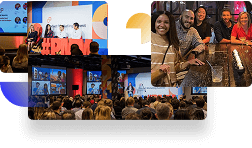
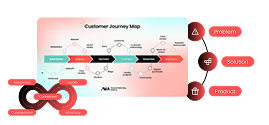


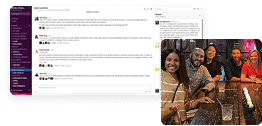



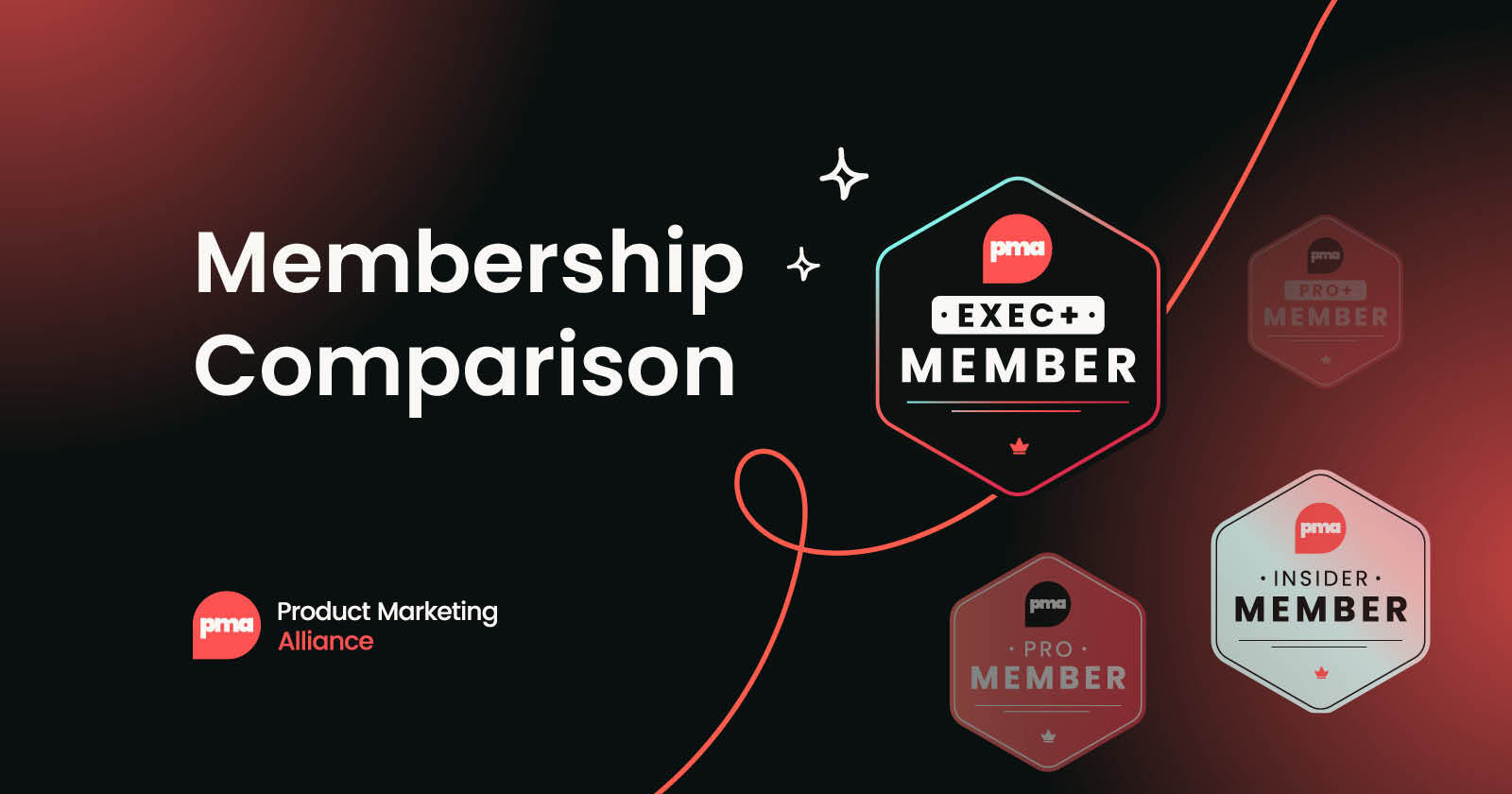
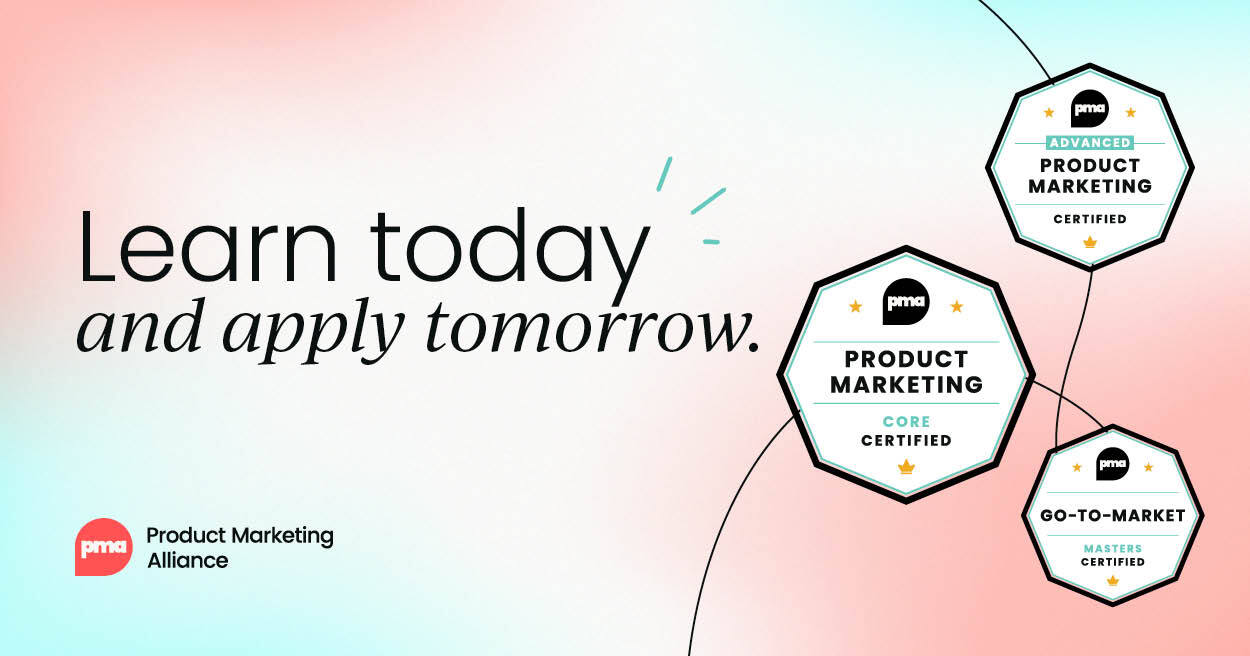

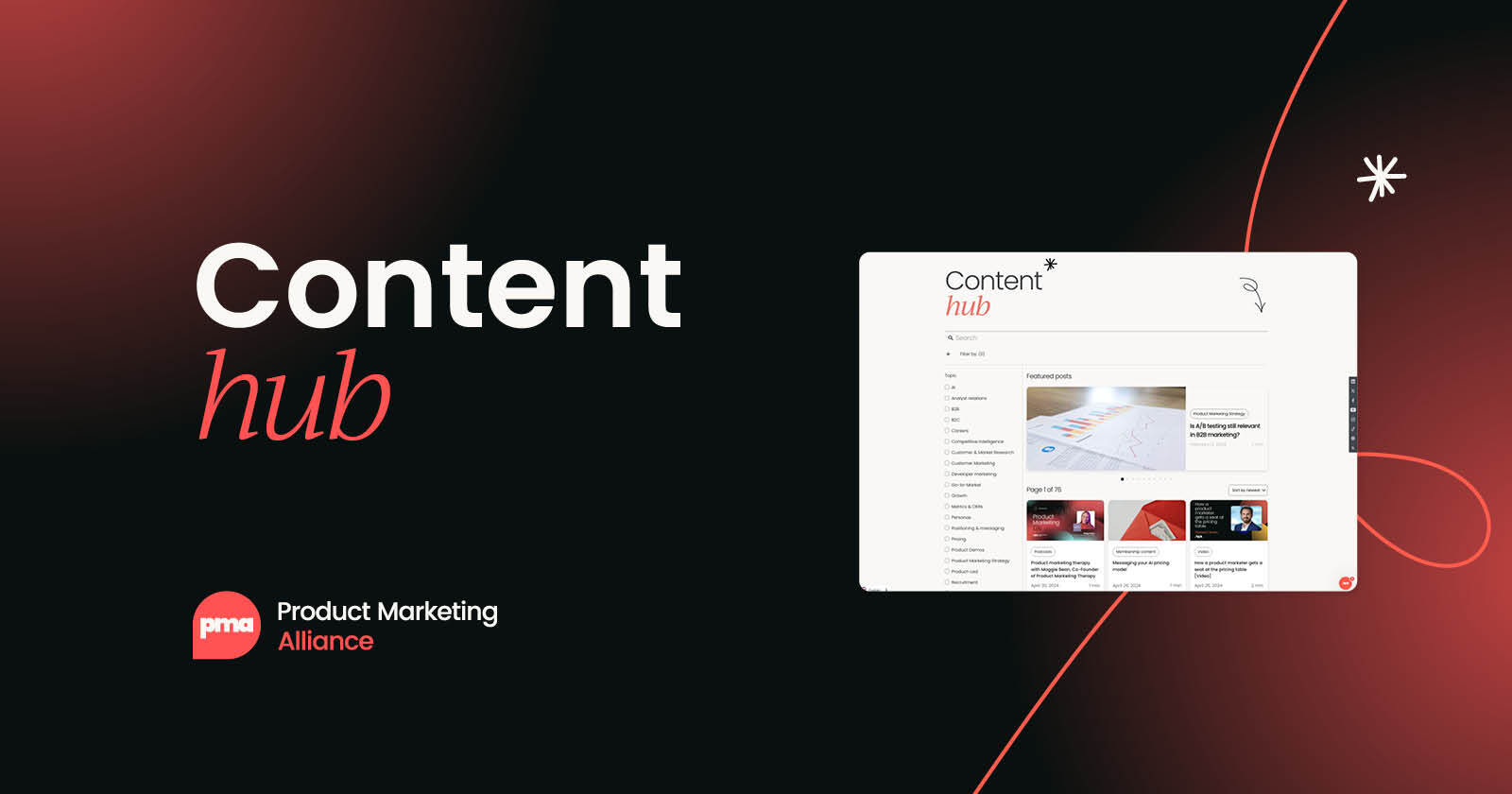

 Follow us on LinkedIn
Follow us on LinkedIn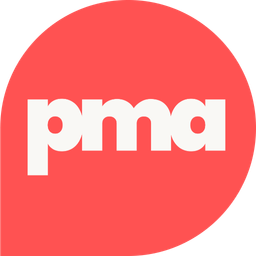


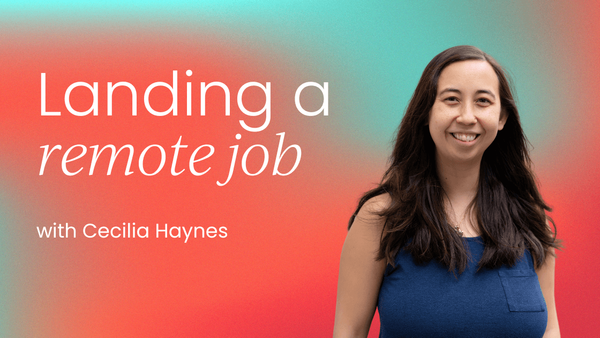
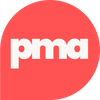
.svg?v=85af970283)